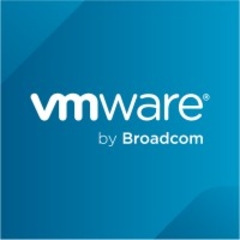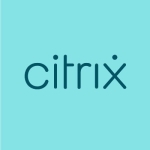I think that the Fault Tolerance and High Availability features are the most valuable ones. Storage vMotion, Server vMotion, and all the flexibility that vSphere can provide to a storage environment without interruption is also very good.
In the past, many organizations had many physical servers, and with VMWare we can consolidate many servers without compromising on the performance. We can save a lot of space in the data center. It also helps us to save power that, at this time, is a very important factor. With VMWare, we can use all the resources available on the servers without losing CPU or memory resources, and we can centralize the space into just one storage space.
In many areas of IT, you can use VMWare solutions. Here we have many applications running on the VMware vSphere, such as Oracle Database, MySQL, SQL, web applications, Apache, and many more. For all solutions of course, it depends on how the applications work, but until to day, I haven't observed any applications that won't work inside the vSphere infrastructure.
I have been using it since v3.5, so more than eight years, I have experience with other VMWare solutions too.
No, I did not have any issues because it all depends on how the environment was configured.
Nothing too important yet. The new v6.0 improves upon many features in vSphere High Availability. The enhancements correct issues of recovery from storage issues with a new feature called Virtual Machine Component Protection. This feature corrects many problems that we had when the backup tool lost connection with the ESXi servers.
No, I did not have any issues because it all depends on how the environment was configured.
Customer Service:
I haven't had any issues with customer service and most problems can be solved through their website.
Technical Support:
I have not had any issues with technical support as they have solved any issues that I have had to contact them about.
We have other solutions in the environment such as Oracle Rac and Microsoft Hyper-V, but I believe that vSphere is the most reliable product on the market.
The initial setup wasn't complex because we have experience with other VMWare solutions.
I implemented ii in-house.
Our ROI is high because we have 800 virtual servers spread across 22 physical ones.
When compared to the impact that the product has had, I do not believe the cost to be too high.
I have tested other products such as Hyper-V and Zen, but I believe that vSphere is more stable and has many more features available.
Go ahead and get it as this product is very, very stable.

















Thanks Hieu,
I agreed with your opinion, but it is your own experience, the world very many enterprise organizations are using vSphere. They have many ideas coincide with your opinion. Let me emphasize more vMotion, EVC is also very important in moving automatic model format support early incident handling, due to the speed and processing time ns, ms of CPU and RAM isoforms.